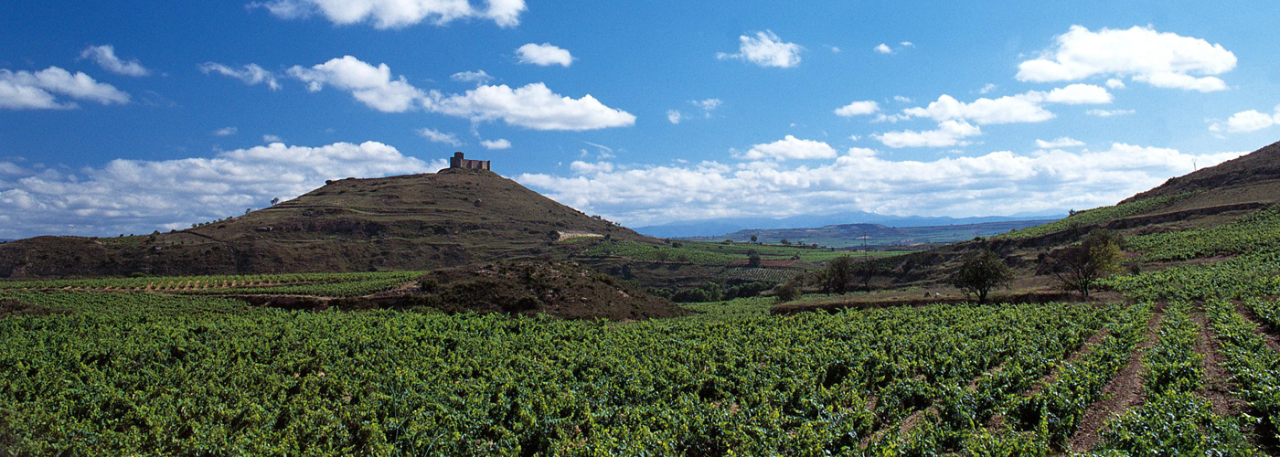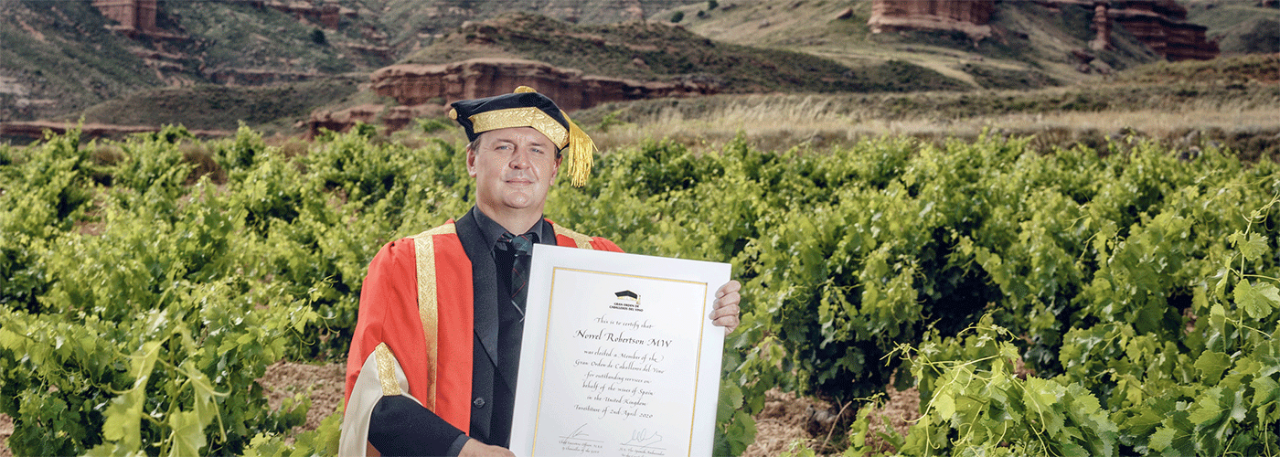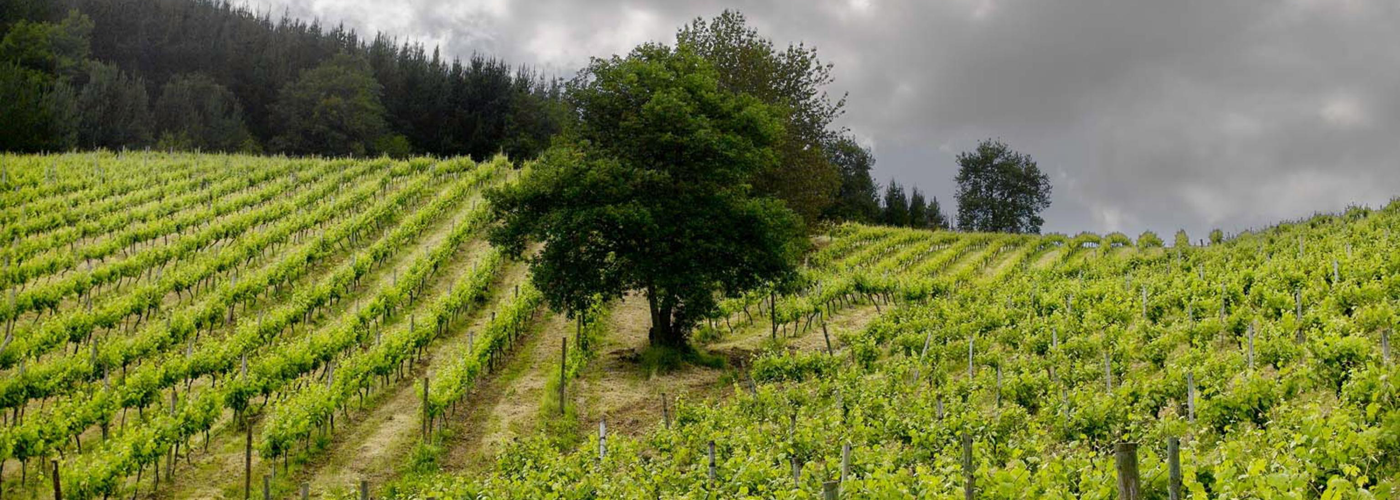Whilst older DOs, such as Rioja, can provide fairly accurate historical data on the age and evolution of Garnacha vineyards, the rest of Spain does not have the same access to vineyard records as other producing countries. The vineyard register started only in the 1970s and many vineyards are incorrectly dated. Indeed, many old Garnacha vineyards planted directly after phylloxera often have a sprinkling of 5 to 10% of other varieties. The old-timers were already thinking about improved pollenisation and the planting of other varieties to match slope and soil differences within parcels.
With an industry now more focussed on the longevity of vineyards, and the ability of those vineyards to keep on giving quality late into life, what factors are at play? Almost certainly most of the Garnacha mentioned above was planted on Rupestris du Lot rootstock – one of the first available after phylloxera. It puts down a deep root system, has good affinity with the plant above, copes well with drought and tends to produce looser, lighter bunches with a tendency towards poorer fruit set. There is no doubt that it was gradually disregarded due to this last point, but it is now making a resurgence as quality-focused growers are going back to using it, striving for more balance in the vineyard.
All these vineyards would originally have been field grafted, with rootstock planted first then grafted with massal selection. It is also entirely possible that field grafting has provided better vine establishment and longevity. Many producers are returning to field grafting in Spain.
Whilst Garnacha has diminished in vineyard area, some of the reasons behind the survival of older vineyards should indeed dictate to some degree how we plant and maintain new vineyards so that we can maintain heritage and legacy.

.png.transform/rendition-xs/image_image%20(1).png)







